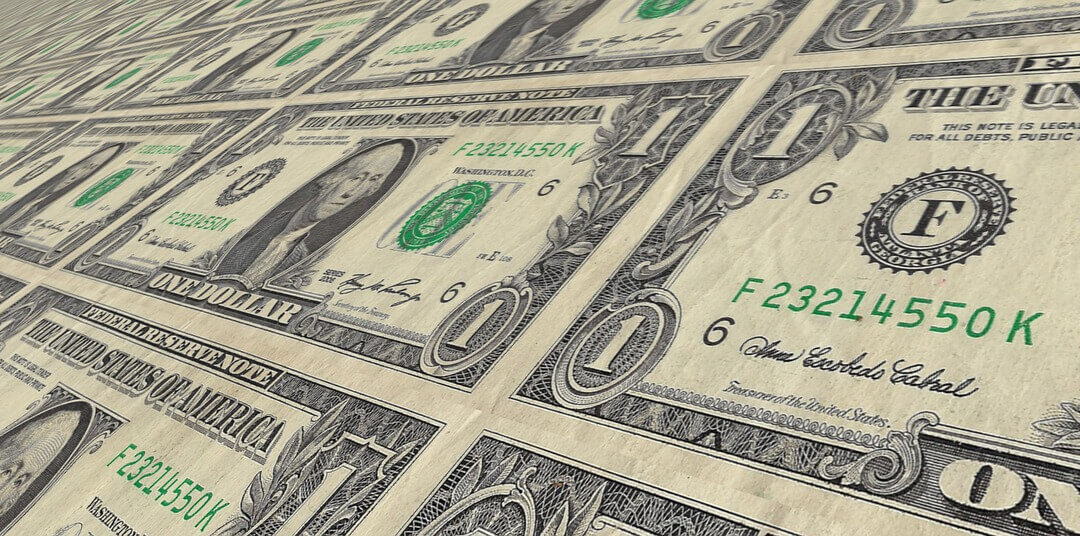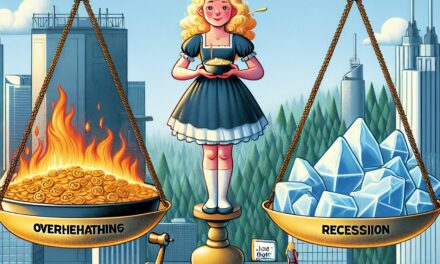The U.S. dollar is surging as foreign currencies plunge.
A good thing? In theory, yes.
It means dollar owners can buy more foreign goods more cheaply. It takes the immediately upward pressure off inflation. It can even attract foreign capital to our shores.
But, for many markets, it signals that investors are beginning to shy away from speculation and seek shelter in safer havens.
That could be a big shift from risk-on to risk-off!
For a handy benchmark, check out the chart of the U.S. Dollar Index (DXY) futures (below).
This index tracks the value of the greenback against six major world currencies. The most heavily weighted is the euro at 57.6%, followed by the Japanese yen (13.6%), the British pound (11.9%) and the balance in the Canadian dollar, Swedish krona and Swiss franc.

Until recently, it was plunging. In fact, it fell all the way from 104 in late 2016 to around 88 earlier this year.
Not coincidentally, the S&P 500 ramped higher during that exact same time frame.
Two reasons: A falling dollar makes U.S. goods more competitive on the world market. Plus, it also boosts the value of sales and profits generated overseas.
But now, that momentum is shifting. Just in the last few weeks, the dollar index has jumped in a virtual straight line. It has broken above its 16-month downtrend and eclipsed its 200-day moving average.
Some key points to bear in mind:
First, this isn’t happening just with the currencies of major developed countries. The U.S. dollar is also trouncing several emerging market currencies. That means U.S.-based multinationals that invest heavily in emerging markets could get clocked.
Second, this dollar surge is coming at the same time as the IMF is sounding major warnings about the global economy.
Third, a rising dollar can also hurt the performance of anyone or any institution that owns foreign assets.
Our recommendations:
- If you haven’t done so already, reduce your stock exposure. Stocks were already on thin ice, and a rising dollar isn’t going to make things any easier.
- If you own mutual funds or exchange-traded funds (ETFs) that invest in foreign markets, that’s another place to lighten up. This dollar move looks like it has legs, and the currency translation effect we mentioned earlier is going to hurt their performance.
- Need help getting started? Here’s a table showing many of the lowest-rated mutual funds in our Weiss Ratings database that invest at least 70% of their assets in non-U.S. stocks.

- If you’ve been investing heavily in U.S.-traded shares of foreign companies (ADRs), it’s time to start heading for the exits.
To identify some of the most potentially vulnerable names, we used our Weiss Ratings database to produce the table below. It shows all ADRs rated “C-” or lower from the major countries whose currencies are in the Dollar Index. (We used Germany and France for the euro).

Bottom line: The falling dollar gave the stock market a nice push higher. But now a rising dollar could have the opposite effect.
Best wishes,
Martin Weiss and Mike Larson




